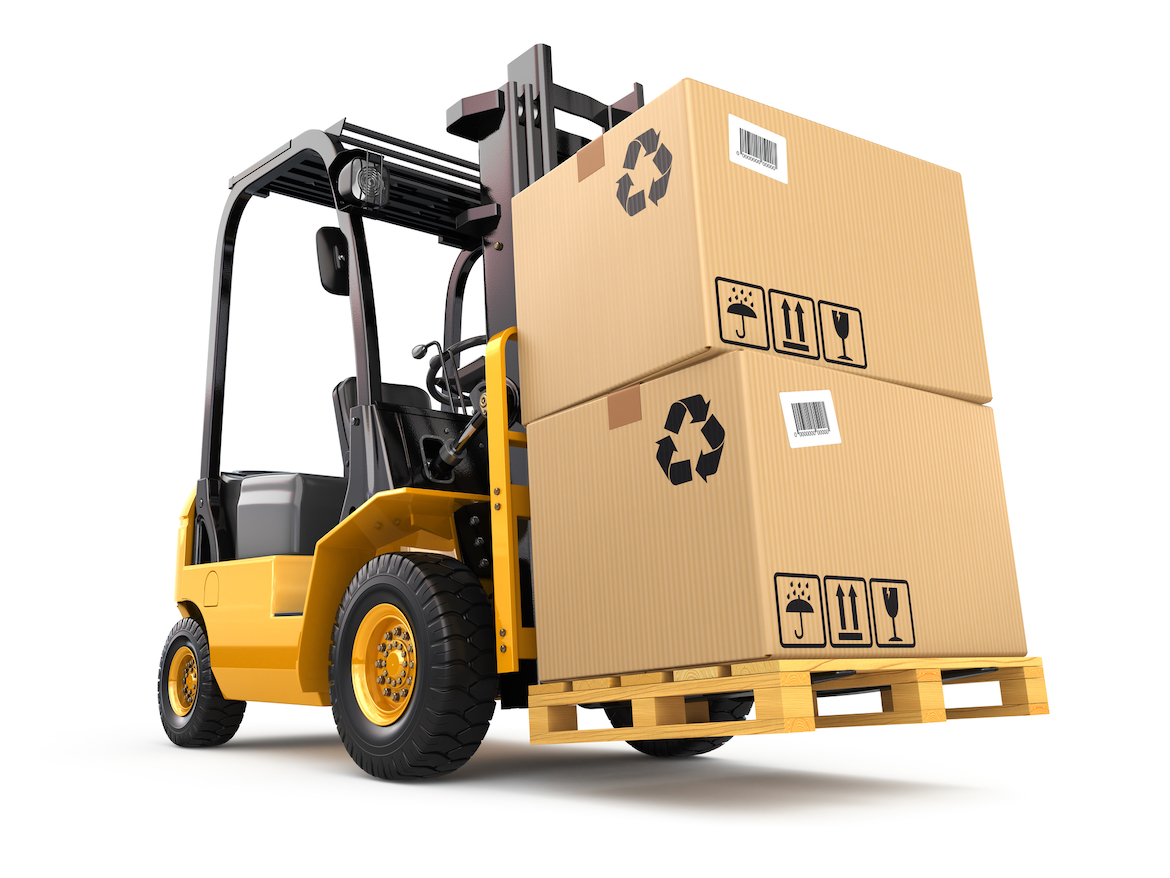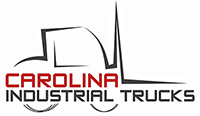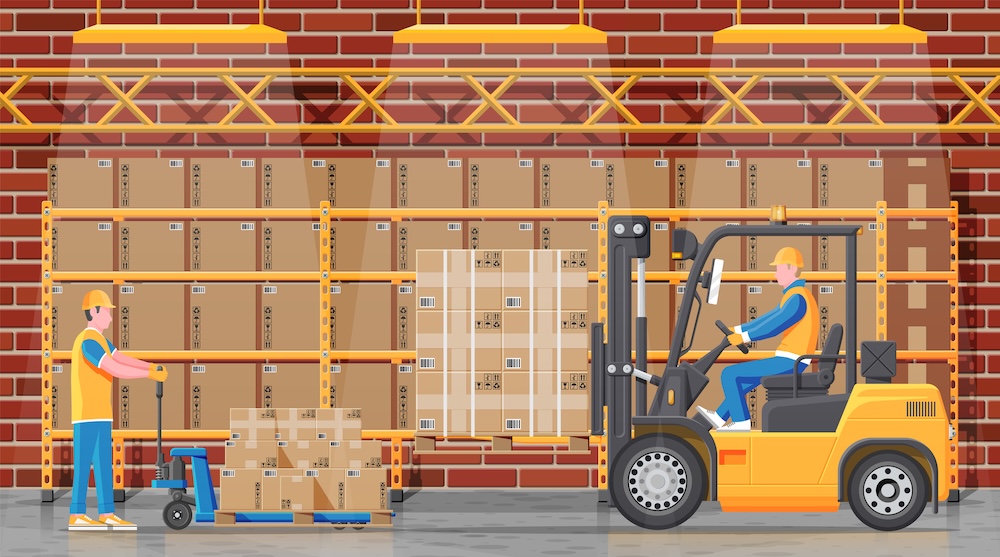Pneumatic Tires or Cushion: How to Choose the Right Tire for Your Forklift
07/29/2019
CITrucks
The right tires can help reduce your forklift maintenance costs. But should you go for pneumatic tires or cushion tires? Learn all about forklift tires here.
About 855,900 forklifts are operating in various industries within the country. Forklifts are essential vehicles in several areas of application, including warehouses, docks, storage units, construction, and manufacturing industries. They are extremely useful in facilities or sites where there is a need to move bulky loads over short distances.
Forklifts are not all the same. Due to their diverse applications, various types of forklifts are designed for specific tasks and working conditions. Different models and builds have differences in engine (gas, diesel, LP, electric), lift capacity, and performance.
Tire types are the most significant distinction between forklifts. You can either have cushion forklift tires or pneumatic (solid, air, foam-filled) tires. The type of tires fitted to a forklift has a profound effect on its handling, safety, and overall performance.
It is imperative that a forklift is fitted with the right tires depending on its specifications and application.
In this article, we look at the characteristics of both types of tires and their difference to determine when to use one type over the other.
Cushion Forklift Tires
The tire construction of cushion forklift tires is quite basic, and they are relatively cheap to manufacture. They also have a long life and can take a lot of punishment.
This makes cushion tire forklifts cheaper to buy and maintain than pneumatic tire forklifts. This has led to their growing popularity in many industries and equipment dealers.
Their smooth surface means that they have little traction, which makes then only usable on flat level surfaces. They are designed specifically for indoor use. The tires can also be used lightly outside on concrete or asphalt, however, these tires will become stuck on grass, sand, or muddy surfaces.
Many users solve the traction problem by fitting chunkier tires on the driven wheels. This improves the forklift’s handling on packed gravel and rough asphalt.
Cushion tires are smaller in width and height compared to pneumatic tires and are fitted to smaller forklift chassis that ride low on the ground. Their compact size and small turning radius make cushion tire forklifts suitable for tight spaces and close packing in warehouses and storage depots.
Pneumatic Forklift Tires
Pneumatic tires are the every-day tires you find on cars. They are bigger and chunkier than cushion tires.
Pneumatic tires are designed to take the forklift outdoors. The chassis rides much higher, and the base has good ground clearance to drive over rough terrain. Their size decreases maneuverability but, crucially, favors stability.
Forklifts fitted with pneumatic tires tend to cost more than their counterparts. This is due to the increased length and width of the body and chassis. Additionally, the tires themselves cost more than cushion tires. The extra cost is, however, worth paying for a sturdier and more versatile forklift.
There are three types of pneumatic tires:
1. Air-filled
They are the most popular type of tires. They are mostly hollow and inflated using pressurized air. Air-filled tires are comfortable, versatile, and inexpensive compared to the other two types. However, they may suffer from punctures, wear out quickly, and can be a bit bouncy on bumpy surfaces.
2. Solid rubber
Solid pneumatic tires are made of solid rubber that is similar to cushion tires, but it's more durable and much larger. They are incredibly reliable since they don’t get punctured and the solid rubber takes a long time to wear out.
They do cost more than air-filled tires. And because they are rigid and have little to no elasticity, they offer little driving comfort.
3. Foam-filled
Foam-filled tires sit in a sweet spot between air-filled and solid tires, offering the best of both worlds. The rubber in the tire is hollowed out and filled with dense foam.
These tires are not as comfortable as air-filled tires, but they don’t get punctured either. They don’t last as long as solid rubber tires, though they wear much slower than air-filled tires. They are not as popular, however, due to their price and scarcity in various specifications.
Choosing Between Pneumatic Tires and Cushion Tires
Forklifts designed for cushion tires cannot be fitted with pneumatic tires. The same is also true for pneumatic tire forklifts and cushion tires.
The tires are not interchangeable because the chassis and wheelbase configurations are not compatible. So, you have to make some careful considerations before deciding on any of the two types.
The most crucial factor to consider is the kind of work you're going to do with the forklift and the work environment. Is your work mostly indoors or outdoors?
What types of ground surface do you work on? This should help you decide on whether you need a simple indoor forklift or a more capable vehicle.
When it comes to pneumatic tires, you have to think about the tire profile. What kind of tread do you want on the tires? Deep-grooved tires are designed for heavy-load applications on extremely rough surfaces, while wide-track tires are aimed at multi-purpose applications.
The load capacity makes no difference when choosing between the cushion and pneumatic tires. Most forklift classes, apart from highly specialized builds, have a cushion tire and a pneumatic tire version.
The cost of purchase and maintenance may also come into play. The pneumatic tire forklift costs more than the cushion tire equivalent. There is no need to pay the extra cost for an outdoor forklift in an application where you could do with a cushion tire forklift.
Forklift Driver training for these different types of forklifts is virtually the same.
Bottom Line on Forklift Tires
Both pneumatic tires and cushion tires, when fitted to the appropriate forklift, work equally well within their application. It’s only when you incorrectly use one type instead of the other that things can go wrong.
Safety is a major concern when it comes to the use of forklifts. Forklift accidents are common, and some of them result in fatal injuries and damage to property. Workplace safety measures begin with using the correct tool for the job.
Always use the correct forklift tires for the job at hand. Ensure that the forklifts are in good working condition and are not a danger to the forklift operator or to others.
Get in touch with us and learn more about the different types of forklifts and how you can acquire one that suits your needs.






